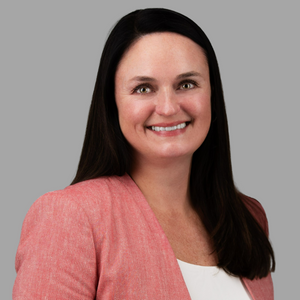In a panel discussion hosted by Parexel, Alcanza CEO Carlos Orantes recently joined industry colleagues Kimberly Doggett, Head of Clinical Trial Diversity and Program Lead, UCB, and Sophia McLeod, Director, Government Relations, Association of Clinical Research Organizations (ACRO), to discuss strategies for building diversity plans early in clinical development, in response to the FDA’s draft guidance on diversity.
The question of readiness is a topic on everyone’s mind as the industry works to interpret and operationalize the guidance. The webinar covered multiple related themes on this topic from the perspectives of sponsors, CROs, sites, and an industry trade association comprised of CROs and technology vendors. The Webinar discussion was structured around strategic planning and relationship development with local communities and ended with calls to action from each panelist.
Moderator Xoli Belgrave, Head of Clinical Trial Diversity, Equity, and Inclusion of Parexel, opened the conversation with a question to panelists on what the guidance means. Panelists were united in Sophia’s summary belief that the draft guidance is a clear indication of the FDA’s desire to see meaningful action in improving clinical trial diversity following years of initiatives. Panelists also agreed that while the current guidance is more carrot than stick, the remaining industry challenges center on “where we go from here.”
As panelists explored how diversity needs to move from the sidelines to a central position in drug development planning, the discussion focused on critical questions posed by Xoli.
Strategy planning: When should it begin?
Start diversity strategy planning early – when target patient populations are being defined. “Strategy should be informed at the earliest stages of drug development by the development team, and marketing considerations, well before an asset moves into operations,” Kim declared. Sophia added that diversity considerations could longer be an afterthought. “Diversity considerations add time and cost to a development timeline when they are shoe-horned later.” From a site perspective, Carlos stated that sites need to be as “proactive as they can.” Sites should “think beyond what you have today and look at broader demographics. Consider how to engage these communities, not just on clinical research education, and not just on recruitment, but retention and long-term engagement.”
Advice for building sustainable relationships with local communities
Every group within the sphere of underrepresented patient populations requires fundamentally different approaches for successful connections within that community. Carlos spoke about the nature of relationship development and the need for the long view. “Relationships take time. You need to give a lot before you ask and be prepared for slow progress,” he noted. Sophia emphasized the necessity of highly customized approaches, reinforcing how every community has different awareness of clinical trials and trust levels. Kim reminded everyone to be open to community feedback. “You must be willing to change course if one approach doesn’t resonate with its intended audience,” she added.
Calls to action: Advice from Panelists
Sophia advised the audience to “start diversity planning now.” For companies who have started planning, “keep pushing when you encounter challenges. The FDA has provided a roadmap, and “it’s up to us to weave it into the fabric of how we do business.”
Carlos mentioned that many companies state “they are doing diversity.” Challenge them to elaborate on what they are doing. For companies just getting started, he advised them to “do your homework.” It’s also about being transparent about where you are and where you need help. Most important? Ask for help. “When companies are less than transparent on initiative progress, people will assume things are getting done when they aren’t. Patients ultimately suffer.”
Kim encouraged other sponsors to share best practices and lessons learned “as we learn and grow together.” This is an imperative that demands transparency and information sharing. There’s no shortage of white papers, symposia, and helpful resources from sponsors, CROs, sites, and technology providers that we can all learn from.
Next Steps
Collaboration was a central theme throughout the discussion. There’s an urgent need for sponsors, CROs, technology providers, and patient advocacy to engage much earlier and forge partnerships that continue through drug development. Community partnerships require long-term collaboration and investment to engage patients and train community-based investigators for sustainable impact.
As parting advice, panelists advised the audience to pay attention to efforts taking place now, as everyone expects the draft guidance to become law.





